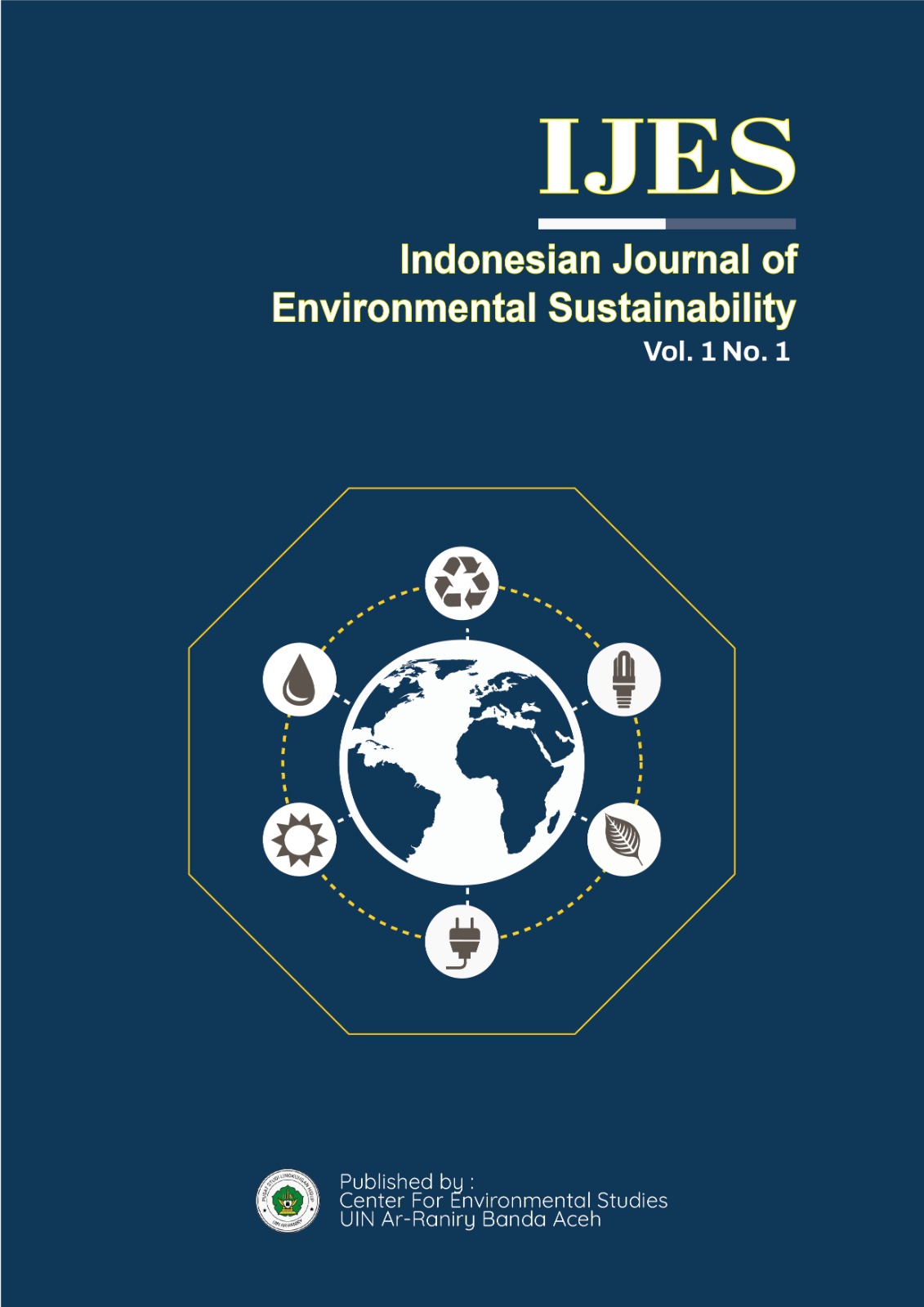HERBACEOUS PLANT DIVERSITY IN THE RESTORATION AREA OF SORAYA RESEARCH STATION IN LEUSER ECOSYSTEM
DOI:
https://doi.org/10.22373/ijes.v1i1.4144Keywords:
Diversity, Herbaceous Plans, Identification, The Soraya Research StationAbstract
Herbaceous plants are closed seed plants (Agiosperms) which are classified as cosmopolite, have high life competitiveness, are not affected by weather and climate so that they are able to live in any habitat. This study aims to identify types of herbaceous plants and analyze the level of diversity. Identification is carried out to find out the names and groupings, while diversity analysis is carried out to find out the number of types or the number of individuals. This research was conducted in the Restoration area of the Soraya Research Station in the Leuser Ecosystem Area in December 2021. The Soraya Research Station Restoration Area is an area to restore the state of the forest that has been damaged to its original condition or almost resembles its original condition, which began in 2019. The research method uses a line transect with a length of 100 m, and sampling is carried out with a 1x1 plot making technique, per 20 m line transect 18 plots are taken. The results of this study found 3431 individuals of herbaceous plants from 40 species and 26 families. Asystasia gangetica species is the most dominant species reaching 585 individuals while the family of Poaceae is the family with the highest number of species, namely 5 species species, with an H'2,743 value categorized with moderate diversity values.
















